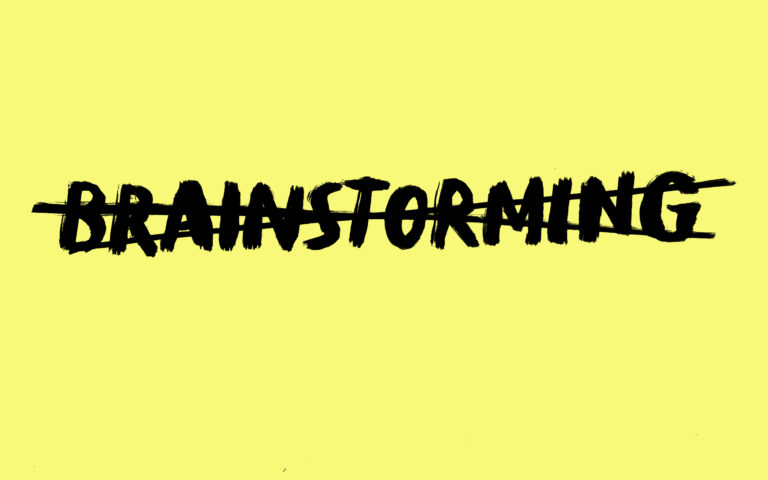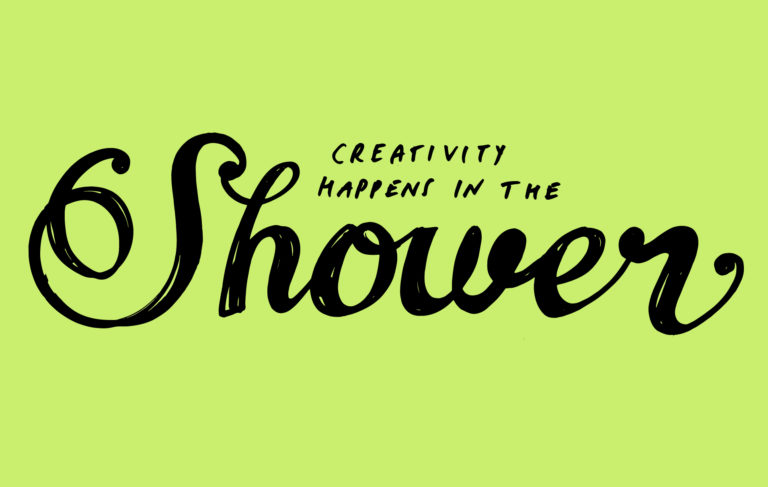Brainstorming (still) doesn't work
Brainstorming was invented by Alex Osborn in 1939 and popularised in his book How to Think Up, published three years later.
It has since become commonplace in meeting rooms across the world. Many of you will be familiar with the rules of such sessions, the first being that no idea is a bad idea. Criticism is to be avoided.
A couple of years ago I wrote about how brainstorming doesn’t work.
I recently came across some more research about why.
Charlan Nemeth of UC Berkeley divided 265 undergraduates into five-person teams. Each was given the same problem and 20 minutes to invent as many solutions as possible.
The teams were randomly divided into three different group types:
The first group were given no instructions. They were free to approach the task as they saw fit;
The instructions given to the second group were classic brainstorming rules, emphasising the need to refrain from criticism. This group generated marginally more ideas than the first team;
The third group were told to say anything that came to mind but also advised to debate and even criticise each other’s ideas.
On average this group generated 25% more ideas.
After the exercise the groups were asked if they had any more ideas. People in groups one and two contributed two more on average, compared to seven more in the group told to debate.
This makes a lot of intuitive sense to me. Many of our creative breakthroughs stem from moments of tension and debate within the team.
At the time it was invented brainstorming may have improved on the absence of structure that came before, as this research supports. But it also shows that now is the time embrace new approaches.
One of the key challenges is culture. Many of us are conditioned to refrain from criticising each other’s ideas. It is in our collective best interests to become more comfortable with this.
- RG
Subscribe to Squad

Get our annual printed newspaper plus our email digests full of inspiration, thoughts, tools and the interviews.
Subscribe
Brainstorming Doesn’t Work
For a business in the creative industries, brainstorming is a compelling proposition. Lots of ideas produced. Very little time required. It sounds like the Holy Grail. This might explain why we’ve facilitated and participated in a lot of brainstorm sessions over the years. But hand on heart, I’m not sure how many truly great ideas its delivered.

Creativity happens in the shower
I’ve always had my best ideas in the shower. Or when dropping off to sleep. There’s a scientific explanation for this. One which can help us design our working practices and environments to be more conducive to creativity.


